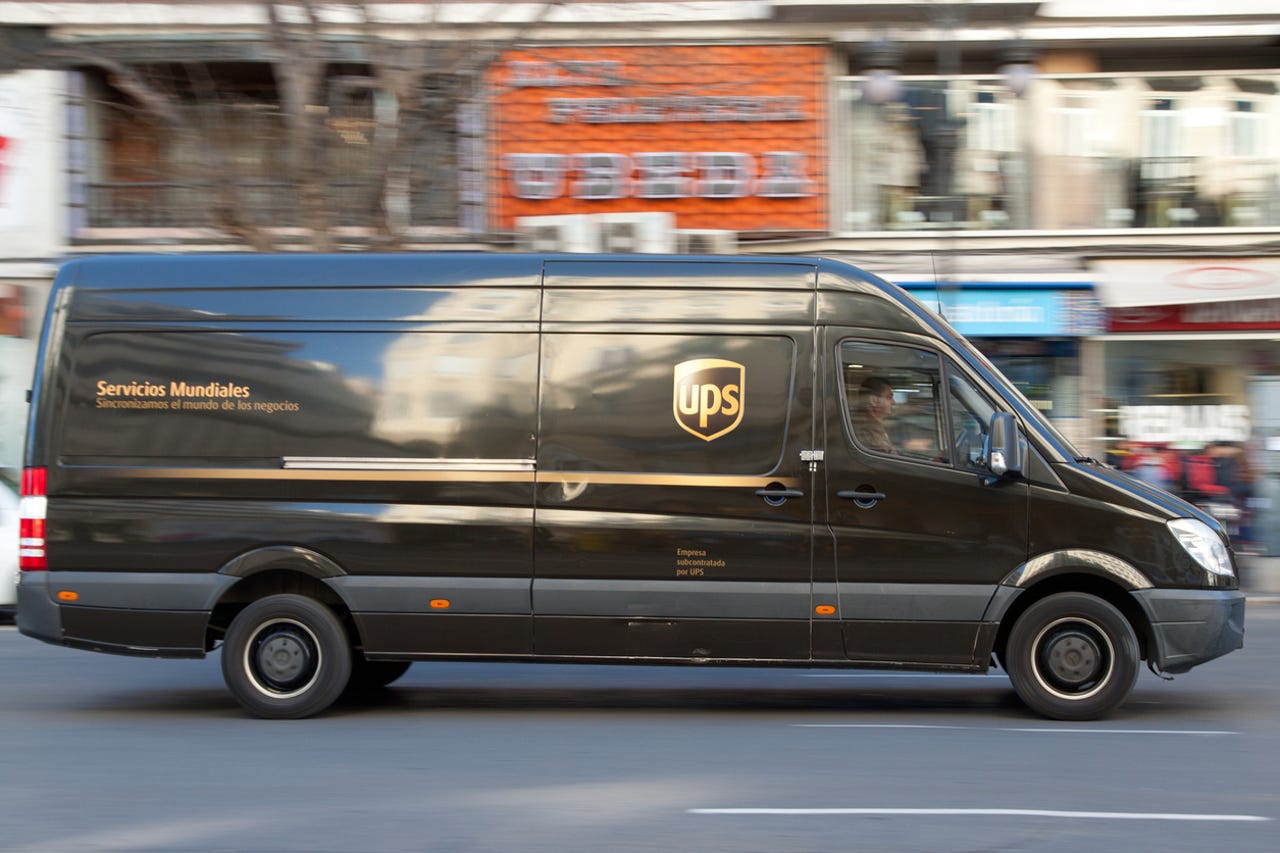Big data case study: How UPS is using analytics to improve performance


A new initiative at UPS will use real-time data, advanced analytics and artificial intelligence to help employees make better decisions.
As chief information and engineering officer for logistics giant UPS, Juan Perez is placing analytics and insight at the heart of business operations.
"Big data at UPS takes many forms because of all the types of information we collect," he says. "We're excited about the opportunity of using big data to solve practical business problems. We've already had some good experience of using data and analytics and we're very keen to do more."
Perez says UPS is using technology to improve its flexibility, capability, and efficiency, and that the right insight at the right time helps line-of-business managers to improve performance.
The aim for UPS, says Perez, is to use the data it collects to optimise processes, to enable automation and autonomy, and to continue to learn how to improve its global delivery network.
Leading data-fed projects that change the business for the better
Perez says one of his firm's key initiatives, known as Network Planning Tools, will help UPS to optimise its logistics network through the effective use of data. The system will use real-time data, advanced analytics and artificial intelligence to help employees make better decisions. The company expects to begin rolling out the initiative from the first quarter of 2018.
"That will help all our business units to make smart use of our assets and it's just one key project that's being supported in the organisation as part of the smart logistics network," says Perez, who also points to related and continuing developments in Orion (On-road Integrated Optimization and Navigation), which is the firm's fleet management system.
Orion uses telematics and advanced algorithms to create optimal routes for delivery drivers. The IT team is currently working on the third version of the technology, and Perez says this latest update to Orion will provide two key benefits to UPS.
First, the technology will include higher levels of route optimisation which will be sent as navigation advice to delivery drivers. "That will help to boost efficiency," says Perez.
Second, Orion will use big data to optimise delivery routes dynamically.
"Today, Orion creates delivery routes before drivers leave the facility and they stay with that static route throughout the day," he says. "In the future, our system will continually look at the work that's been completed, and that still needs to be completed, and will then dynamically optimise the route as drivers complete their deliveries. That approach will ensure we meet our service commitments and reduce overall delivery miles."
Once Orion is fully operational for more than 55,000 drivers this year, it will lead to a reduction of about 100 million delivery miles -- and 100,000 metric tons of carbon emissions. Perez says these reductions represent a key measure of business efficiency and effectiveness, particularly in terms of sustainability.
Projects such as Orion and Network Planning Tools form part of a collective of initiatives that UPS is using to improve decision making across the package delivery network. The firm, for example, recently launched the third iteration of its chatbot that uses artificial intelligence to help customers find rates and tracking information across a series of platforms, including Facebook and Amazon Echo.
"That project will continue to evolve, as will all our innovations across the smart logistics network," says Perez. "Everything runs well today but we also recognise there are opportunities for continuous improvement."
Overcoming business challenges to make the most of big data
"Big data is all about the business case -- how effective are we as an IT team in defining a good business case, which includes how to improve our service to our customers, what is the return on investment and how will the use of data improve other aspects of the business," says Perez.
These alternative use cases are not always at the forefront of executive thinking. Consultant McKinsey says too many organisations drill down on a single data set in isolation and fail to consider what different data sets mean for other parts of the business.
However, Perez says the re-use of information can have a significant impact at UPS. Perez talks, for example, about using delivery data to help understand what types of distribution solutions work better in different geographical locations.
"Should we have more access points? Should we introduce lockers? Should we allow drivers to release shipments without signatures? Data, technology, and analytics will improve our ability to answer those questions in individual locations -- and those benefits can come from using the information we collect from our customers in a different way," says Perez.
Perez says this fresh, open approach creates new opportunities for other data-savvy CIOs. "The conversation in the past used to be about buying technology, creating a data repository and discovering information," he says. "Now the conversation is changing and it's exciting. Every time we talk about a new project, the start of the conversation includes data."
By way of an example, Perez says senior individuals across the organisation now talk as a matter of course about the potential use of data in their line-of-business and how that application of insight might be related to other models across the organisation.
These senior executive, he says, also ask about the availability of information and whether the existence of data in other parts of the business will allow the firm to avoid a duplication of effort.
"The conversation about data is now much more active," says Perez. "That higher level of collaboration provides benefits for everyone because the awareness across the organisation means we'll have better repositories, less duplication and much more effective data models for new business cases in the future."